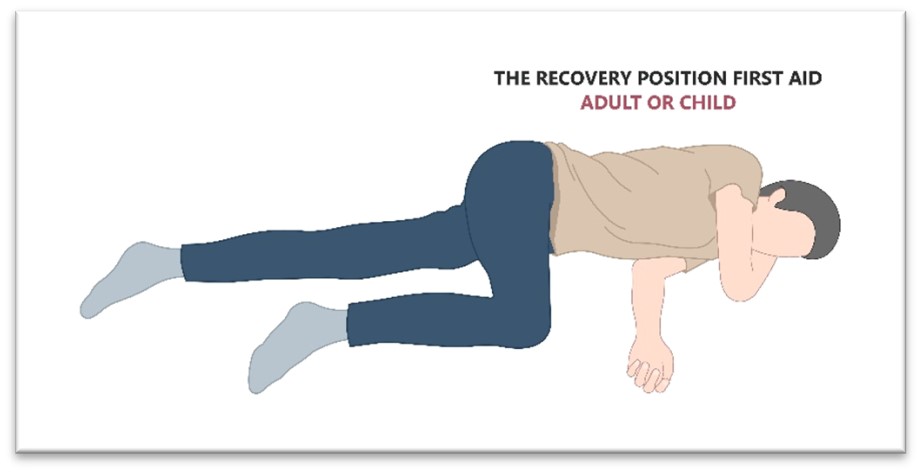How to Care for Your Child with Reflex Anoxic Seizure
This leaflet will provide you with information about reflex anoxic seizure causes, symptoms, diagnosis, treatment and home care advice.

What is Reflex Anoxic Seizure?
Reflex Anoxic Seizures (RAS) are harmless and not life-threatening episodes. They result from a temporary reduction in blood supply to the brain, leading to a slowed heart rate, fainting, and seizure-like activity. This condition is seen in young children, and they typically outgrow it.
What is the cause of Reflex Anoxic Seizure?
A Reflex Anoxic Seizure happens when the vagus nerve (the nerve that controls digestion, heart rate and immune system) gets overly stimulated by things like pain, fear, crying, or sudden shock. This stimulation briefly slows the heart rate and causes a temporary loss of consciousness.
What are the symptoms of Reflex Anoxic Seizure?
During a Reflex Anoxic Seizure, your child might:
- Get stiff,
- Roll their eyes,
- Clench their jaw
- Breathe shallowly
- Look very pale
- Have jerky movements in their arms and legs.
This usually lasts about 30 seconds to a minute. Afterward, your child might sleep for a few minutes to a couple of hours. Although it might scare parents, these episodes are not dangerous and are harmless for the child.
How is Reflex Anoxic Seizure diagnosed?
The best way to diagnose is a detailed description of the event by someone who saw the event; no specific test is necessary. However, if the symptoms happen often or occur without a trigger, a referral to a Pediatric Cardiologist for a heart check and a Neurologist for an EEG (electroencephalogram) to monitor brain electrical activity may be needed.
How is Reflex Anoxic Seizure treated?
Reflex Anoxic Seizures are usually harmless, but it's crucial to inform and reassure the family. Sometimes, in very rare cases where the seizures are severe and frequent and impact daily life, the doctor might consider trying medications to slow down signals from the vagus nerve to the heart. During the clinic visit, the doctor will ask about your child's health and do an examination to decide if more treatment is needed.
What can I do to help my child during a Reflex Anoxic Seizure?
- Keep your child in a safe environment
- Speak calmly to your child
- Place your child in recovery position as shown in the below picture

Go to the Emergency Department if:
- Your child is having frequent episodes and taking a long time to return back to normal activity
- Your child sustained a head injury during the episode of reflex anoxic seizure.
Call 999 and ask for ambulance if:
Your child’s seizure lasts for 5 minutes or longer

